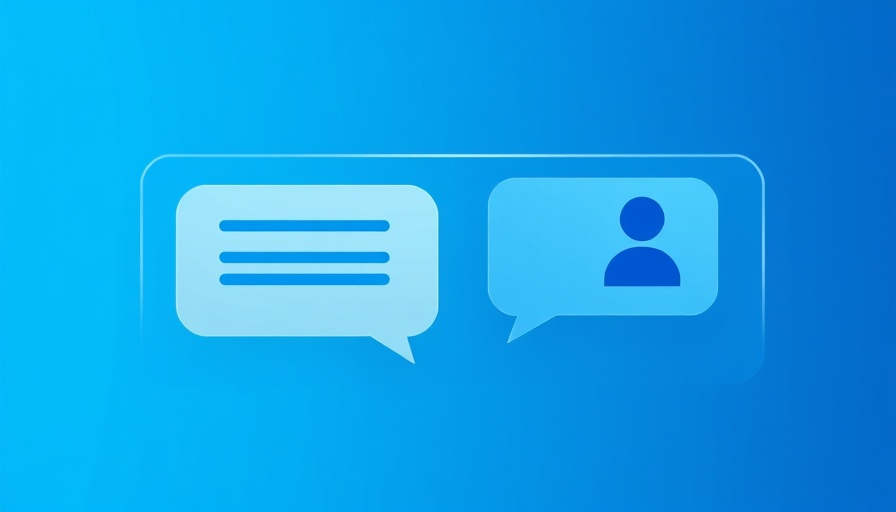
Exploring the AI Mind: How Nonsense Unlocks Insights
In a groundbreaking study published in *PLOS One*, Michael Vitevitch, a psycholinguist from the University of Kansas, seeks to unveil the mysterious workings of ChatGPT, the popular AI-driven chatbot. By presenting it with nonsensical prompts often used in cognitive psychology, Vitevitch aims to draw parallels between human language processing and AI functionality.
Ahistorical studies have demonstrated that nonwords, or meaningless sequences of letters, can elucidate how humans decipher and remember language. Similarly, Vitevitch was curious to see if AI could identify relationships within such prompts. "As a psycholinguist, I’ve tried to understand how people react to nonsense language, and I wanted to extend this understanding to AI," he explains. The results are fascinating.
Patterns and Hallucinations: What ChatGPT Reveals
Through the experimentation, Vitevitch discovered that ChatGPT excels at recognizing patterns, albeit through a lens distinct from human cognition. In one part of the study, the chatbot was tested on 52 obsolete words, successfully providing definitions for 36 of them. This prompts an essential question about the effectiveness of AI: How do its learning patterns compare to human processes?
Importantly, ChatGPT did exhibit some shortcomings. It struggled with 11 words, declaring it couldn't comprehend them and, in some cases, fabricated definitions—a phenomenon known as AI "hallucination." Vitevitch reflects, "It’s crucial that we understand these differences. AI does things differently, and that's acceptable—it can help us where we encounter difficulties myself wouldn't."
Bridging the Gap: AI and Language Understanding
The experiment also included a phonological task using Spanish words, encouraging ChatGPT to search for English words that sound similar. This task is akin to traditional studies testing phonological similarity among English speakers. The outcome underscores the complexity of language acquisition through artificial intelligence, leading to broader implications in machine learning.
The distinction between human and AI processing methods presents critical considerations for designing future AI systems. "We need to leverage AI for those tasks where it can provide real assistance, rather than expecting it to replicate human cognitive functions perfectly," Vitevitch concluded.
What This Means for AI's Future Roles
This research underscores the importance of understanding how AI interprets and engages with language, shedding light on its potential and limitations. As AI integration becomes more prominent in our lives, grasping these nuances equips us to harness technology more effectively and responsibly. We stand at a crossroads where breakthroughs in machine learning and artificial intelligence can reshape industries—if we know how to direct their capabilities appropriately.
The Road Ahead: AI and Human Interaction
Reflecting on Vitevitch’s findings, it’s clear that the study of how AI like ChatGPT processes language will have profound implications for AI development and its application in various sectors, including education, customer service, and creative industries. By continuing to explore the intersection of language and technology, researchers can not only enhance AI’s linguistic capabilities but also address ethical concerns about its usage.
As we embrace this technological evolution, we must prioritize thoughtful engagement with AI, ensuring it serves to elevate our communication and understanding rather than simply replacing it.
 Add Row
Add Row  Add
Add 




Write A Comment